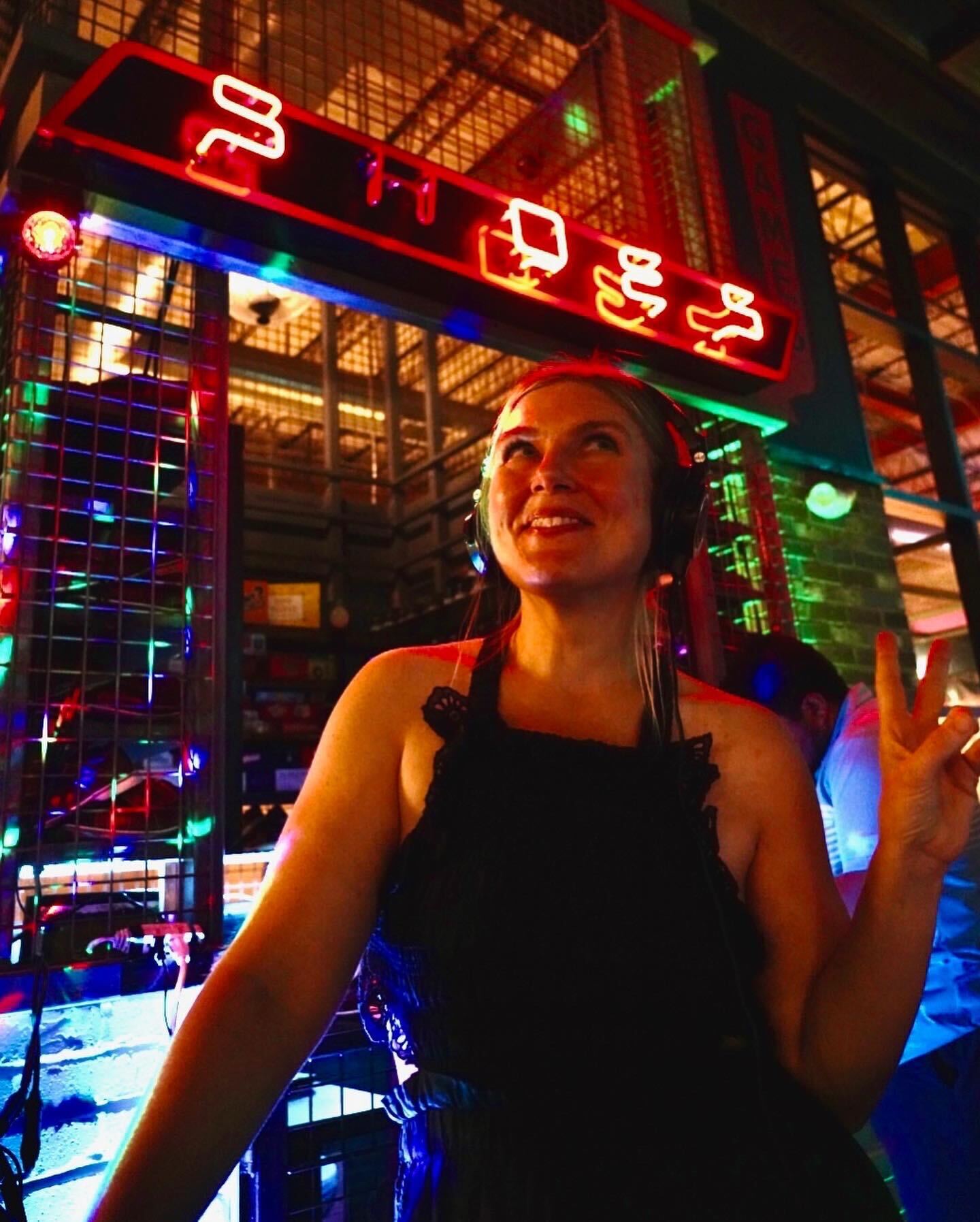
Excavators putting in a drain near the historic adobe Francisco Fort Museum last summer dug up unexpected artifacts, including pottery shards and animal bones, representing both Indigenous and Euro-American cultures.
The site is about an hour southwest of Pueblo, near the Spanish Peaks of the Sangre de Cristo Mountains. Sara Millward is part of the team investigating the site. She said finding both Indigenous and Euro-American objects in one trench is unusual because most often they are working at a site that is clearly from one culture or the other.
“It's a strange thing that I haven't seen before,” she said. “Other archaeologists that I've spoken with have not seen before. It's going to be we have all of these puzzle pieces — what makes the most sense?”

It also turns out it was the only spot in the area that had anything besides dirt in it, according to Millward.
“Which is fascinating, given the (site’s) long history of occupation,” she said. “That's the part I think is the coolest is they ended up with the needle in the haystack…when they opened up this trench, they got lucky enough to find the only area within that courtyard that had something cultural within it.”
The museum administration had to close up the trench last year until funding was in place to do an archeological investigation. Millward says when they returned recently they found more items, like an arrowhead and an old military uniform button. They’ll try to determine if the artifacts are related to each other or if they just got tossed into the same heap at some time.
“There's historic artifacts. There's Indigenous artifacts,” she said. “Whether or not it's related to a specific time period, like if it's related directly to the occupation of the fort or not, we don't know (yet).”

She said she believes the button’s manufacture date was in the late 1800s or early 1900s, so they know it was discarded or lost sometime after that by the person who wore the uniform or by someone who got the uniform or button at a later time.
“A lot of what we find is people's trash. It's stuff that they dropped and couldn't find again, or stuff that got thrown away,” she said. “That's what archaeologists do as we look at people's trash.”
Now they’ll clean, test and analyze the artifacts to see how these diverse objects might have ended up in the same place. They'll use techniques like radiocarbon dating and soil sampling to look for evidence of biological material like grains or other foods. They also plan to collaborate with other archaeologists in the region. She expects a report of their findings to be finished next spring.
Related coverage
- Surprise archeological find is dug up at historic site in La Veta
- Historic Cabin Hidden Inside Walls Of Modern Home Is Being Restored In Southern Colorado
- Preservation work at the Ludlow Massacre site revealed hidden symbols. They’ll never be seen again
A previous version of this story incorrectly referred to La Veta's location in relation to Pueblo.









